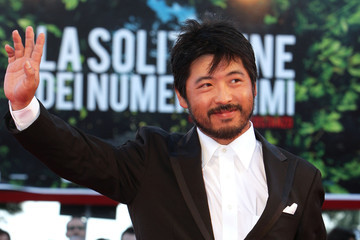Feature by Matt S.
Horror is a product of culture. How that manifests might be different from one example of the genre to the next, however. It might be because the work is tapping into deep seated fears that are a combination of biological responses to perceived threats – the fight-or-flight mechanic – as well as the cultural behaviours that are developed into us from a young age. Or, it might simply be a response by the artists to something that has been terrifying the community at that point in time.
For example, it’s hardly surprising that the slasher film genre in America developed the way it has, when you consider that it was a reaction to the sexual liberation and drugs experiences that the teenagers through the 70s, 80s and 90s were heavily involved with. Western culture, being quite conservative and puritan, reacted to this social “threat”, and the horror films reflected a desire for punishment towards youngsters that broke those social taboos.
Or, going back even further, Dracula reflected an extreme conservatism towards sexuality of Victorian England at the time: “The concept of “evil” incorporated with aggressive sexual behaviours and sexual temptations very much plays into the evil and appalling behaviours of Dracula. The beliefs of Stoker’s generation magnified the already obscene tendencies of the character himself, adversely creating a shock-factor amongst the Victorian audience, making an epic contribution to the controversial views of sex and sexuality within the society.” More specifically, the character of Dracula represented a fear that Stoker saw in himself.
By all accounts, Stoker had powerful feelings for the famous actor, Henry Irving, and in Dracula we can see an outlet for that emotion; among other things, the novel is Stoker’s way of investigating topics around homosexuality. This is most clear when Stoker sexualises the act of the vampire drinking blood, and then has Dracula attack a woman, night after night, as the men than complete blood transfusions from themselves to keep her alive. This way, Stoker was able to safely explore the idea of men sharing fluids, while doing so in the context of something that was appropriate to the Victorian England understanding of eroticism and the kind of fears that that aroused.
 |
| The Shock Labyrinth |
One of the masters of Japanese horror, Takashi Shimizu, director of a number of well-known horror films, including Ju-On and Tormented, as well as the recent NightCry video game, certainly produces a different kind of horror to what we see in the likes of Friday the 13th and Dracula. Shimizu’s films are very Japanese, and focus on a very Japanese sense of horror. By his own admission, this means that a lot of his work won’t ever be able to resonate outside of its homeland.
To continue reading, log in to your DDNet Premium account:












